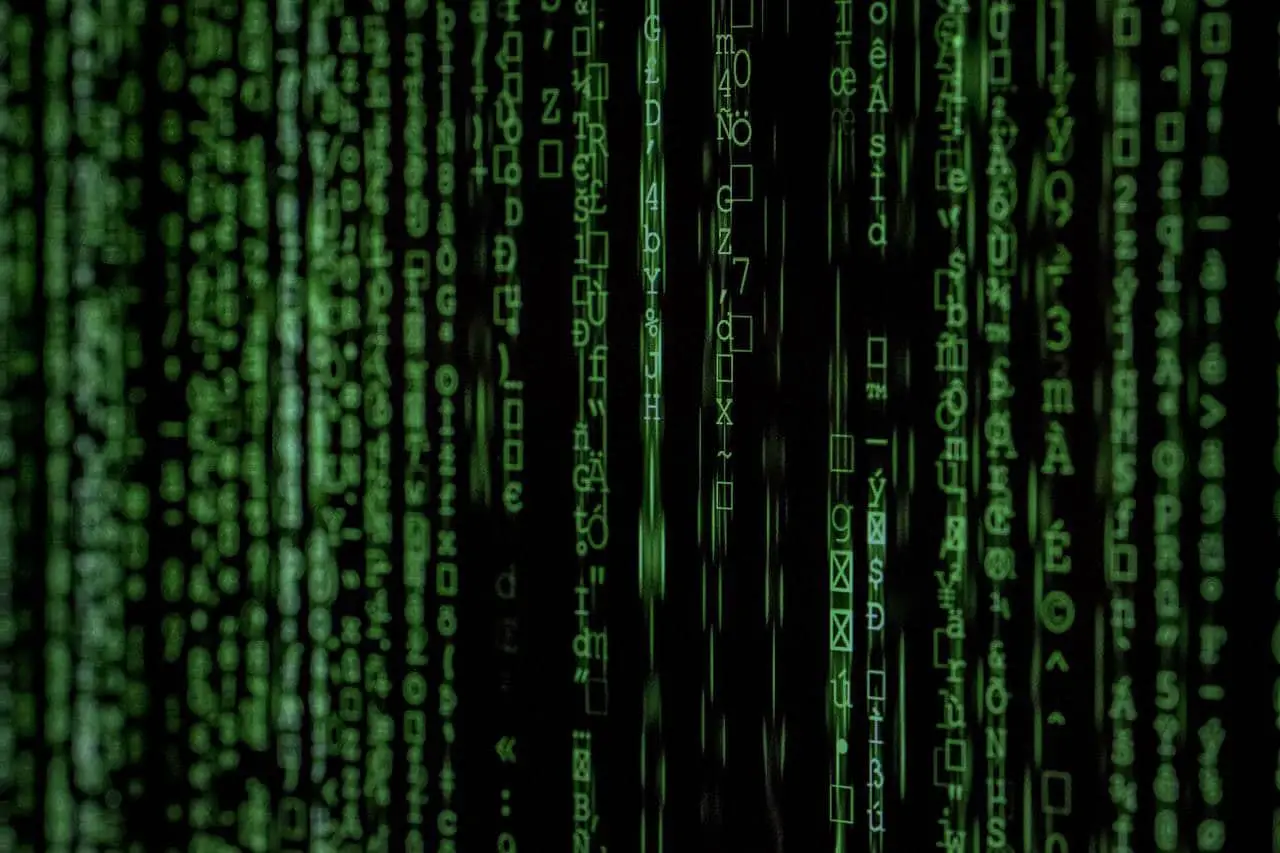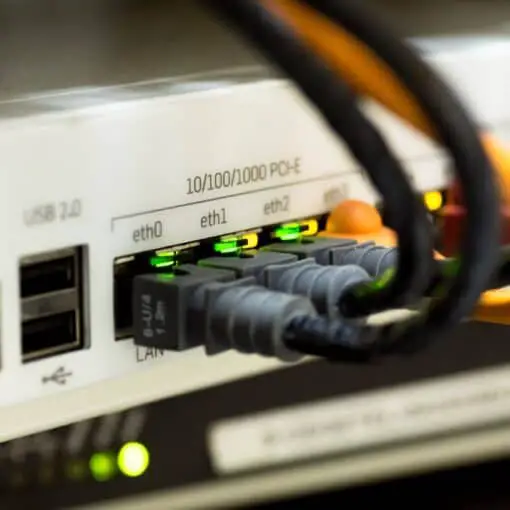So why is amateur radio so common among the doomsday prepper subculture? There are a number of reasons why it appeals, ranging from logical to ludicrous, but the one that gets brought up most often is that in the case of an electromagnetic pulse—an EMP—the ham radio is going to be the only reliable way left of communication. But is this actually true? Is ham radio really a necessary key to everyone’s possible post-apocalyptic futures, or is this just another one of those fake ideas propagated by film and TV that has become so ingrained into the mind of pop culture, we take it as gospel?
Fortunately, the preppers are right. Ham radio will
In whatever situation an EMP might be used, simply having a handy ham radio will not fully prepare you. The same is not limited to preppers. Every family should have an emergency kit prepared for earthquakes, fires, or tsunamis, and having some kind of radio communication is going to prove essential. Imagine living in the city after an earthquake, wanting to contact your family to make sure they’re okay, but the phone lines aren’t working and you can’t drive to find them. Having that radio is going to prove a lifesaver. But when it comes to the eventuality of an EMP, what is that going to entail? What sort of situations could it arise from? And how can you feel prepared, for just about any situation? The ham radio is just the first step.
What an EMP Involves
Even though the truth of ham radio working through an EMP is not pop culture gunk, the truth of what is n EMP really doesn’t play quite so clear. Electromagnetic pulses are a short burst of energy that disrupts electronics, sometimes causing them to short out entirely. They can come from all types of sources, ranging from man-made to natural. When preppers look at an EMP knocking out communication, it would come from one of two sources. One is an NEMP, short for Nuclear Electromagnetic Pulse. The fallout of a nuclear explosion would obviously affect more than just communications, but for areas outside the blast zone, there will be failures in all kinds of electronics. There are also military nuclear weapons designed specifically to create EMPs. One type is called HEMPs, the H standing for high altitude. As the name suggests, these are warheads developed to explode high in the stratosphere creating an EMP that will reach farther than any on the ground ever would. There are also NNEMPs, where are military grade pulses designated as Non-Nuclear.
While plenty of preppers are ready for World War III, there is another movement of environmentalists ready for an EMP of a natural origin: the sun. Solar flares create small pulses, but the possibilities of a solar storm could be devastating. Scientists expect the sun to expand in millions of years, but some aren’t prepared to wait that long just in case. Since there’s no way of knowing just how devastating the results of a solar storm could potentially be, even a ham radio might not be enough. Hopefully, we won’t ever have to find out.
Various Other Situations That Could Result in an EMP
While solar flares and military strikes are the most expected kinds of EMPs, there are a number of other ways an area could be temporary without electrical power. For example, lightning strikes usually send off some small pulses. Generally, this just results in crackling over phone lines or plug-in radios, but a fierce storm comes with full power outages. Storm chasers are prone to using ham radio, for this reason, knowing that being in the center of a storm is dangerous and if they need to call for help, a cell phone isn’t going to cut it. Meteors passing through Earth’s atmosphere can cause EMPs, as can surge in a power line. Worst case scenarios aside, the most of what you can expect from an EMP setting off is the temporary shutdown of the power grid.
Emergency & Disaster Communication Course
Have you ever wondered how you will be able to communicate with family and friends during an emergency or disaster? In this 50-minute course, Communications Expert and Minnesota-based Emergency Coordinator, Kevin Haney, teaches what options are available as well as a crash-course for how to use them. Learn the differences between Family Radio Service (FRS), General Mobile Radio Service (GMRS), and Amateur Radio (HAM) devices as well as the basics of how to use each one in an emergency.
Proper Shielding
While an EMP is unlikely to completely fry a radio, preparation is key when it comes to possible doomsday scenarios. Therefore, many have taken to shielding their radio along with other equipment. Wrapping it in tin foil isn’t going to do much good, but don’t get rid of it just yet. Shielding tech from a possible EMP can be done through the use of a Faraday cage. Now, a proper cage can go for up to thousands of dollars online, but you can make one yourself for a fraction of the price and household objects. Start with a box made from a non-conductive material, like cardboard. Recyclables like pasta boxes are good examples because they can close with minimal holes, but you lose space that way. Bigger cardboard boxes can usually be found in public recycling bins, or even taken from commercial stores. Once you have your box, wrap it in tin foil, at least two layers. Make sure there are no holes. While there is no possible way to know how an EMP will affect your radio, and you can really only shield a handheld, it’s worth having one in hand anyway.
The Full EMP Preparation Kit
There’ a certain number of things you should have in an emergency kit, not just for an EMP, but for any disaster that may befall.
- Extra batteries, for radio, flashlight, and other non-plug-in electronics.
- Water, either stored in bottles or in a tank.
- A first aid kit. The essentials are bandages, alcohol swabs, and sterile gauze.
- A compass, notepad, and pencils. No more Google Maps when the Internet goes out.
- Non-perishable, high protein food. Energy bars and nuts are the best.
In elementary school, kids are taught that every house should have an emergency kit, but somewhere along the way, we grow up and forget all about it. Instead of waiting until it is too late, go out and put a prep kit together.
Related Questions
Have EMPs been used in the past?
On a military grade level, no. Most NNEMP and HEMP technologies are theoretical, a response to a situation that hasn’t happened yet. Only tests have been run. However, in 1859, there was a massive solar flare of the sun. The event is known today as the Carrington event, and it shut down telegraphs all over Europe and North America. Yes, the range was that far. Some telegraph operators even recorded being shocked by the machines. Back in 1859, the damage was minimal, but in the technology-soaked society we live in today, it would tell a very different story. An experiment was done by scientists to gather how much damage it would do and concluded that it would cost the United States alone up to $2.6 trillion. That study was done back in 2013, who knows how damaging it could be today. However, auroras and sunspots were seen in the sky for months before the Carrington event, so there’s a good possibility that preventative measures could be taken.
For what other potential situations could amateur radio be used?
Earthquakes, hurricanes, and tornadoes are three natural disasters that will knock out the power grid. These situations and similar kinds are what makes ham radios useful and recommended. In case of an emergency, a ham radio could be the only way to communicate. A ham radio could mean contacting authorities, finding survivors, bringing first-aid to people who can’t move, and connecting families who have been separated. All rules that normally apply to ham radio can be set aside, and communication to VHF or CB bands is allowed, as well as contacting 911 through phone patches. There can be no discounting how handy having an amateur radio and someone to work it is during emergency situations like that. On the other hand, in the speculative case of a major nationwide or global pandemic, ham radio is a great way to hear what’s going on in other parts of the world from the lips of people themselves and not filtered by news outlets.
What should I do in case of an EMP?
The answer depends a little on the severity of the pulse. In the case of a power grid failure, get your ham radio out and get on the airwaves to see how far the pulse went. If it was only a city-wide event, you’re probably fine to hang back and wait until the power comes back. If it seems like an electronic shutdown has happened in multiple states or all across the country, stay on the radio and keep communication open, but keep an eye on what’s happening in your area. The second you get word of anything dangerous, find shelter. Be careful when you touch electronics. Remember that during the Carrington event, multiple reports came in of people getting shocked. With more powerful devices, there’s a chance you could be electrocuted. Take all metal off your body, including and especially rings. Rubber soled shoes can help prevent. If you can, press a button or flip a switch using a piece of wood or cardboard. These are not electrically conductive and will protect you from a severe shock. They might burn, however, so for maximum protection, just don’t touch anything until you know the power is either back to normal, or gone.






